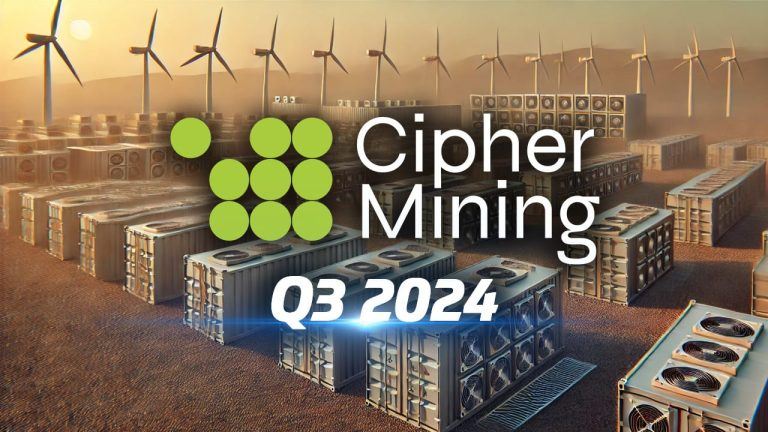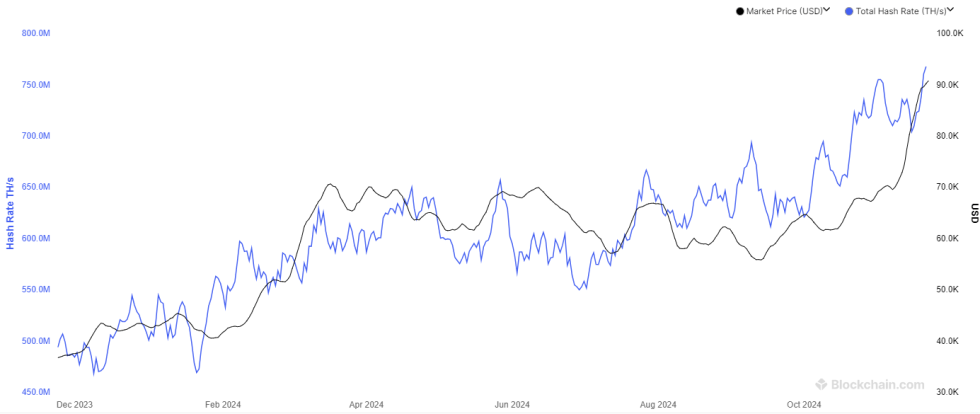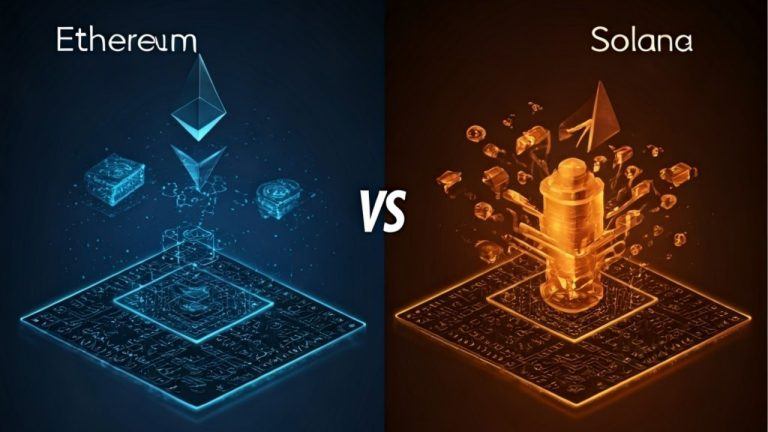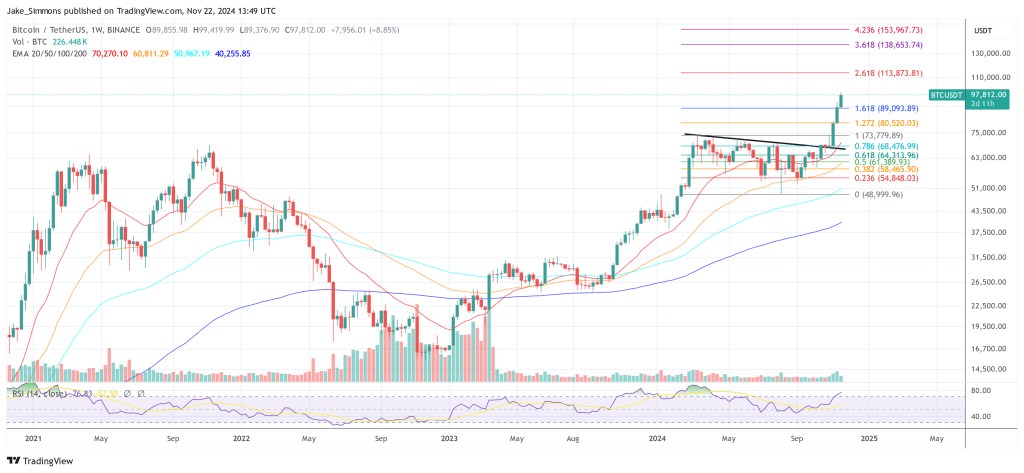A Cosmos Thesis
@cosmos is at the very center of attention this week ahead of a major announcement concerning the future of the ecosystem. But what’s all the hype about?
Here’s everything you need to know about Cosmos.
Cosmos TL;DR:
- Tendermint Core
- ABCI
- Cosmos SDK
- IBC
- Hubs and Zones
- Interchain Security
- Unique ecosystem
Commonly referred to as the “internet of blockchains,” Cosmos is an ecosystem composed of blockchains built using the Cosmos SDK toolkit and connected via IBC, a cross-chain messaging protocol.
Blockchains built within the Cosmos ecosystem can each perform thousands of transactions per second, allowing the broader Cosmos network to scale linearly and allocate guaranteed throughput for applications built on sovereign blockchains.
Cosmos hasn’t had billion-dollar rounds with VCs - most of the funding was raised in a 2017 ICO.
The main value proposition of Cosmos is its unique tech stack which enables innovative applications.
Tendermint Core
Tendermint Core is an open-source consensus engine. Tendermint tolerates validator failures up to a threshold of 1/3 machines compromised, which, combined with a Proof-of-Stake or Proof-of-Authority model, forms the basis of the network’s security.
ABCI
The Application BlockChain Interface (ABCI) acts as the data channel connecting Tendermint Core to the application layer which maintains and utilizes the blockchain’s state. ABCI is effectively an API between the application and the consensus process.
Cosmos SDK
Cosmos SDK is currently the most popular framework for developing application-specific blockchains. It allows developers to compose blockchain applications using open-source modules and/or their own custom modules.
Inter-Blockchain Communication Protocol (IBC)
IBC is the Cosmos SDK module which defines the standard for cross-chain communication within the Cosmos Network, similar to TCP/IP on the internet. IBC packets are transported between chains by relayers.
Similar to how TCP/IP routes packages through hub and spoke models where routers act as hubs and individual computers act as spokes, the Cosmos Network proposes two classes of blockchains: Hubs and Zones.
Zones are regular, application-specific blockchains built using Cosmos SDK. Hubs are blockchains designed specifically for connecting Zones together. When a Zone creates an IBC connection with the Hub, it can instantly access every zone that is connected to it.
Interchain Security
Interchain Security is a technology specific to the Cosmos Hub. Expected to go live very soon, Interchain Security will allow projects to take advantage of the full 175 validator set which secures Cosmos Hub. It’s similar to Polkadot’s shared security.
Ignite CLI
Ignite CLI is the quickest way for developers to get started building with the Cosmos stack. It’s a command line interface for spinning up application-specific blockchains using Tendermint and the Cosmos SDK.
Ecosystem
The Cosmos Network is home to privacy-focused blockchains, decentralized cloud computing solutions, music fan platforms, decentralized social media, liquid staking applications, and cross-chain bridges.
In the last 30 days, IBC channels processed a total of $$617 Million in transaction volume through 2.5 million transactions. The largest portion, $472 million, was processed by Osmosis, the main decentralized exchange of the cosmos ecosystem.
Osmosis
@osmosiszone is an AMM with liquidity pools and a smart contract which executes token swaps. A unique solution Osmosis pioneered is superfluid staking, the utilization of LP tokens in its Proof-of-Stake consensus.
Higher yields, better network security. Win-win
Cosmos Hub
Cosmos Hub aims to be the router of the Cosmos Network and a neutral force in the general application area. Soon, Cosmos Hub will deploy Interchain Security, increasing its importance in the Cosmos ecosystem and improving the tokenomics of ATOM.
Axelar
@axelarcore is a solution for cross-chain communication that is built using Tendermint and the Cosmos SDK. Axelar provides a simple integration with cross-chain routing for developers of cross-chain applications.
Juno
@JunoNetwork is a Layer 1 CosmWasm smart contract platform built using the Cosmos SDK and connected to the interchain via IBC. As a smart contract platform, it has its own rich ecosystem.
Evmos
@EvmosOrg is a EVM-compatible application-agnostic Proof-of-Stake blockchain built using the Cosmos SDK and connected to the Cosmos interchain via IBC. Evmos combines the fast finality of Tendermintand the established developer community of Ethereum.
Even dYdX is coming to Cosmos! @dYdX announced in June that they will be building the next, more decentralized, version of their exchange on Cosmos. The team’s goal is to release dYdX V4 by the end of 202
Outside of the projects currently connected via IBC, Cosmos technology is also used by giants like @BNBCHAIN, @0xPolygon, @THORChain, and @terra_money.
There has been a lot of buzz about Cosmos in the crypto space recently. And rightfully so. In just two days, the team will announce the future of Cosmos, the beginning of the Integrations phase.
What’s more, @Delphi_Digital have recently announced that they are moving their Labs, Delphi’s protocol R&D arm with a team of ~50 dedicated to building new Web3 primitives, to Cosmos.
The ecosystem will grow and you just found out early.
Overall, Cosmos is a bet on the value proposition of interconnected application-specific chains. The flexibility of being able to easily change your own consensus engine while being connected to the broader network is truly unmatched.
Written by Kirill Naumov (@kinaumov) on Twitter.
[link] [comments]

You can get bonuses upto $100 FREE BONUS when you:
💰 Install these recommended apps:
💲 SocialGood - 100% Crypto Back on Everyday Shopping
💲 xPortal - The DeFi For The Next Billion
💲 CryptoTab Browser - Lightweight, fast, and ready to mine!
💰 Register on these recommended exchanges:
🟡 Binance🟡 Bitfinex🟡 Bitmart🟡 Bittrex🟡 Bitget
🟡 CoinEx🟡 Crypto.com🟡 Gate.io🟡 Huobi🟡 Kucoin.




















Comments